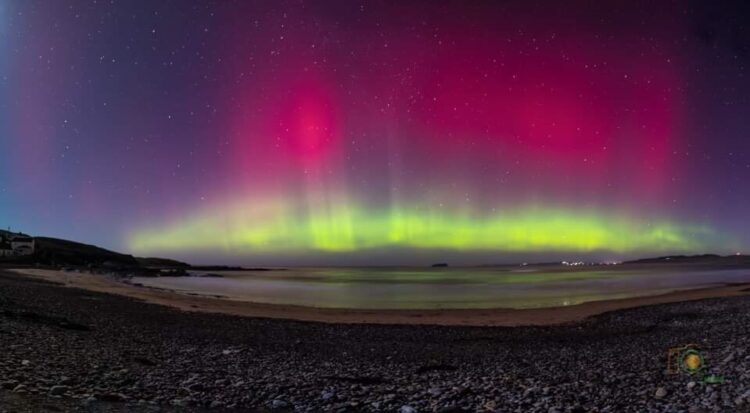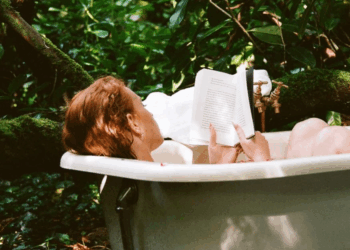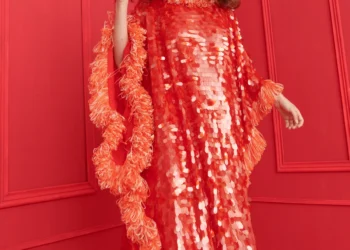Here’s what you need to know about catching a beautiful Aurora display
In the early hours of this morning, Ireland was treated its biggest Aurora display since March 2016 – and it’s set to return to the skies tonight if you missed it.
According to the Donegal Weather Channel: “Conditions look good again tonight, with the solar wind speed now reaching a speed of over 800 kilometers per second, which is the fastest I have seen it for years.
“We should start to see the Aurora again once its dark enough later this evening and tonight. Best chance of clear weather tonight will be in the Northwest of the country, but it will be cloudier than last night.”
Some photos of tonight's display. This is the best display I have seen since March 2016.
— Donegal Weather Channel (@DonegalWeatherC) February 27, 2023
I will have further updates through Monday as we could well possibly seen strong condations Monday night. #Aurora #northernlights #auroraborealis #ireland #sligo pic.twitter.com/LHiSE4UwMb
A spectacular light show was witnessed by many across the western and northern coast last night, and even in Dublin. David Moore, editor of Astronomy Ireland, says that skygazers may spot the Northern Lights again tonight if they “look in the north after sunset”.
“You should at least see an arc of light low in the north, and if the display picks up as expected this could move much higher in the sky,” he said.
Alan O’Reilly from Carlow Weather added that “it might be time for a roadtrip up North” as Met Office tweeted that strong solar activity means there is a strong chance to see the light show if you have clear skies. The display is also best observed in areas with very little light pollution.
The NOAA Aurora forecast is the best guide we have but it only goes 30 minutes ahead. Here is the animation of the forecast for the last 24 hours and shows how it very quickly increased the probability after 8pm last night! pic.twitter.com/K5cnWJFCOV
— Carlow Weather (@CarlowWeather) February 27, 2023
A rare sighting here, the The Northern Lights usually occur in polar regions such as Norway, Sweden, Finland, and Iceland. They are the results of collisions between gas particles in our atmosphere and charged particles ejected from the Sun’s atmosphere. The colour of the Northern Lights will change due to the type of gas particles that are colliding.
If you spot them tonight, send us your pictures – but for now enjoy some that were taken last night.
Northern Lights – Aurora Borealis February 2023 Pollan Beach, Ballyliffin, Clonmany, Inishowen, Co. Donegal 🙂https://t.co/Lp77YWyyl7 pic.twitter.com/AMOTwUTJje
— Brendan Diver (@BrendanDiver5) February 27, 2023
Now there’s something you don’t see too often ☁️
— Today FM 💛 (@TodayFM) February 27, 2023
The Northern lights took a rare trip to Ireland last night 🇮🇪
📸 This incredible time-lapse was captured in Sligo by IG: @ fitzpatricknoel #northernlights #auroraboreal #auroraborealis pic.twitter.com/coYl2nI6H6
Well that was an unexpected treat. #NorthernLights #Ireland pic.twitter.com/trl0lAbqll
— Sara O'Neill Artist 🐚 (@SaraONeillArt) February 26, 2023








